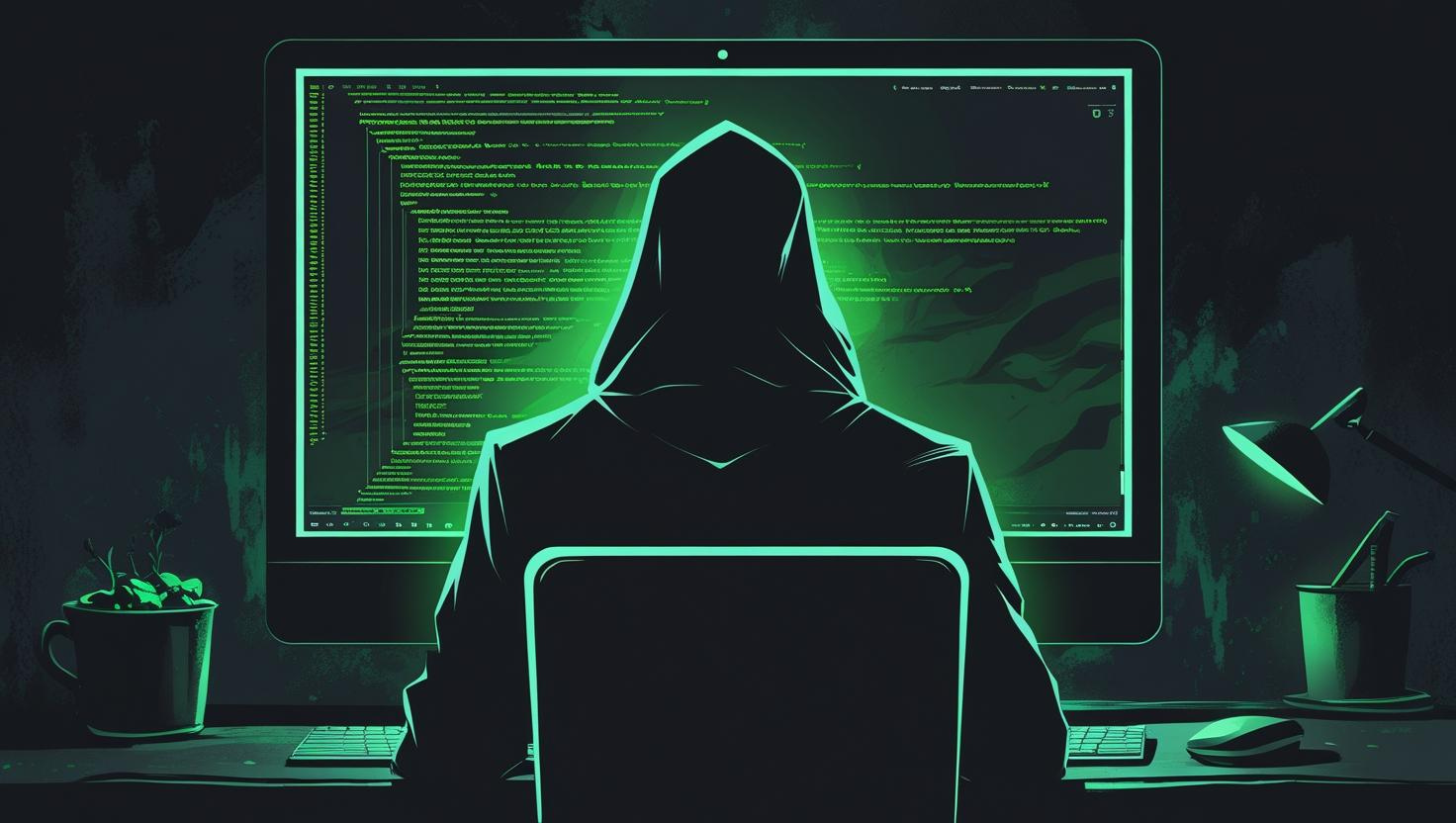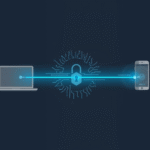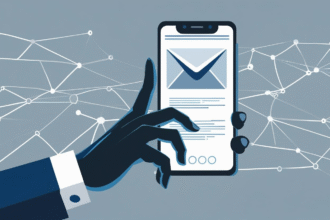A dangerous new cybersecurity threat has entered the scene: Charon ransomware. First detected in August 2025, this ransomware strain combines the stealth tactics of advanced persistent threats (APTs) with the destructive power of ransomware. For small and midsize businesses (SMBs), this is a wake-up call—attackers are getting smarter, quieter, and harder to stop.
What is Charon Ransomware?
Charon ransomware is a next-generation cyberattack that has primarily targeted aviation and government sectors in the Middle East. However, its techniques are easily reusable against SMBs worldwide. Unlike traditional ransomware that crashes into systems loudly, Charon uses stealth, precision, and patience before unleashing its encryption payload.
How Does Charon Ransomware Work?
Here’s a breakdown of Charon’s attack chain:
- DLL Sideloading (Initial Access) – Charon hides inside trusted software by abusing legitimate binaries, making it look like normal activity.
- Process Injection (Persistence) – It injects malicious code into
svchost.exe, a common Windows process, to stay hidden. - Defense Evasion – It disables antivirus tools, deletes shadow copies, and wipes the recycle bin to prevent recovery.
- Ransomware Encryption – Files are encrypted using Curve25519 + ChaCha20 encryption and renamed with a “.Charon” file extension.
- Network Propagation – It scans and encrypts shared network drives, putting entire businesses at risk.
- Custom Ransom Notes – Instead of generic messages, Charon tailors ransom notes to each victim, proving attackers have done reconnaissance.
Why SMBs Should Worry About Charon
SMBs often think ransomware groups won’t target them—but that’s a myth. Cybercriminals know smaller businesses:
- Have weaker defenses
- Rely on outsourced IT
- Struggle with cybersecurity budgets
This makes SMBs prime targets. Even if Charon starts with big enterprises, the same APT-style ransomware tactics will trickle down to smaller businesses.
How to Protect Your Business from Charon Ransomware
You don’t need an enterprise-level budget to defend against ransomware like Charon. Here are practical cybersecurity best practices:
- Harden Against DLL Sideloading – Restrict which binaries can load DLLs and watch for unusual software behavior.
- Monitor Windows Processes – Pay attention to suspicious
svchost.exeactivity. - Protect Security Tools – Ensure antivirus and EDR tools can’t be tampered with.
- Backup Smarter – Keep offline or immutable backups safe from ransomware encryption.
- Network Segmentation – Limit lateral movement so one compromised system can’t infect all.
- Incident Response Drills – Test your response with ransomware simulations to minimize downtime.
Charon Ransomware: A Sign of the Future
Charon ransomware isn’t just another attack—it’s the start of a new ransomware era. Cybercriminals are now combining nation-state tactics with financial extortion, making them stealthier and more dangerous than ever.
For SMBs, the message is clear: You’re not too small to be targeted. If you have valuable data, you’re on the radar.
At Black Swamp InfoSec, we break down cyber threats like Charon into plain language and give SMBs the tools to fight back.
Stay protected— Subscribe to our blog to get the latest plain text cybersecurity news, ransomware trends, and SMB-focused defense strategies.









